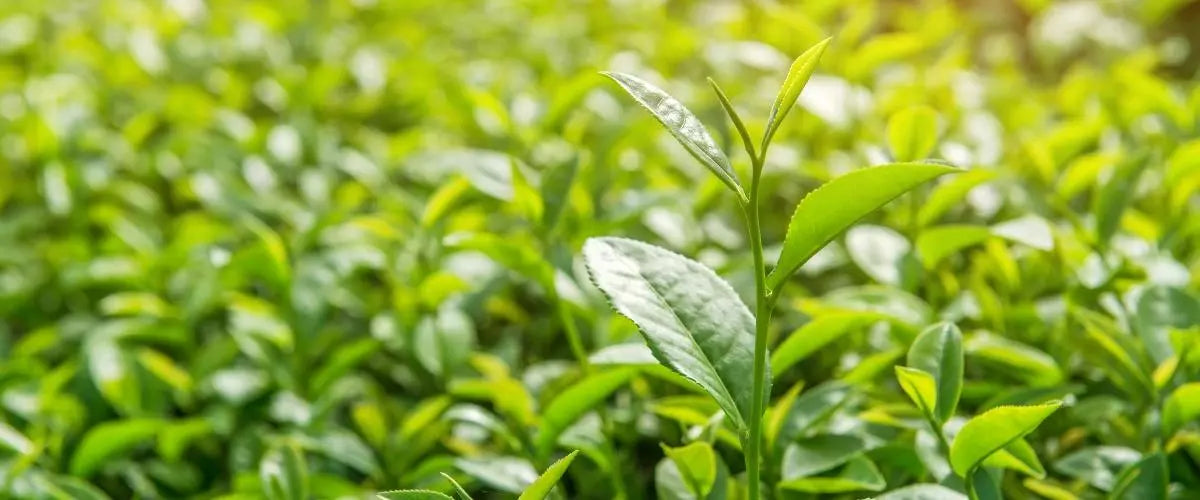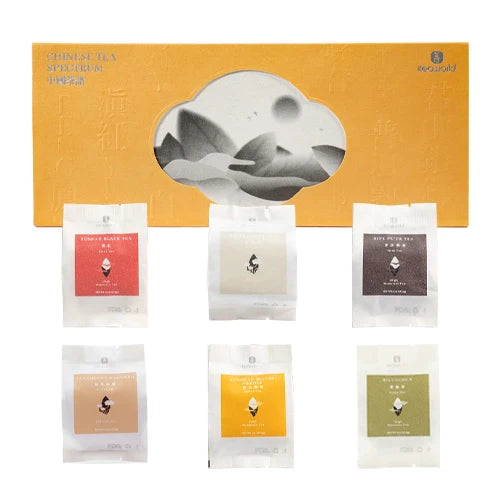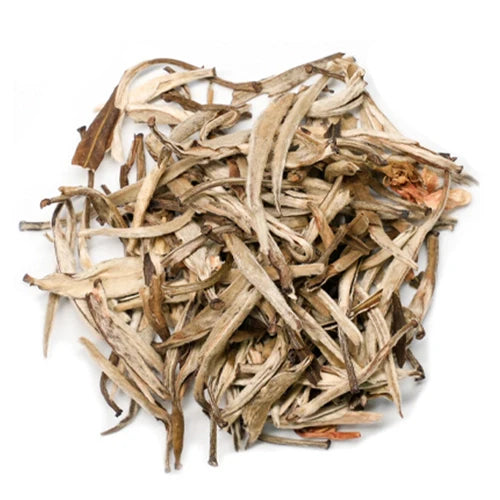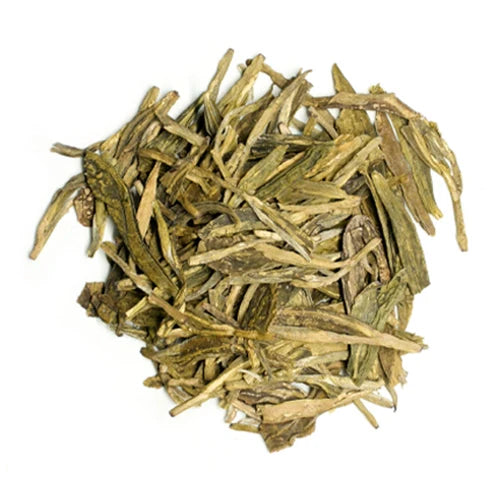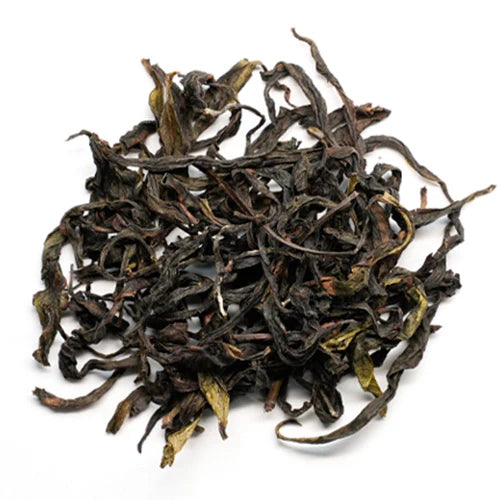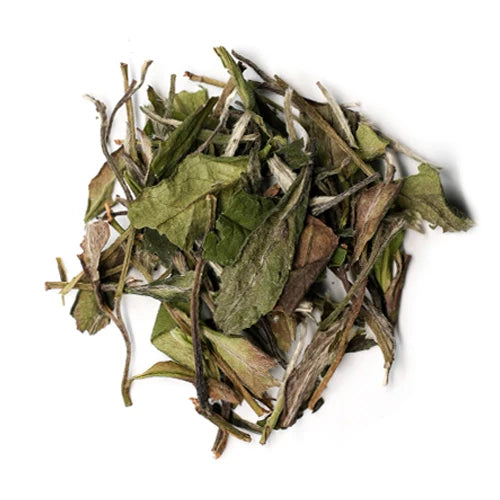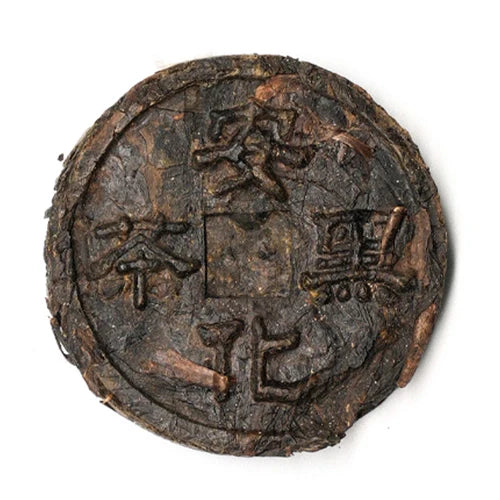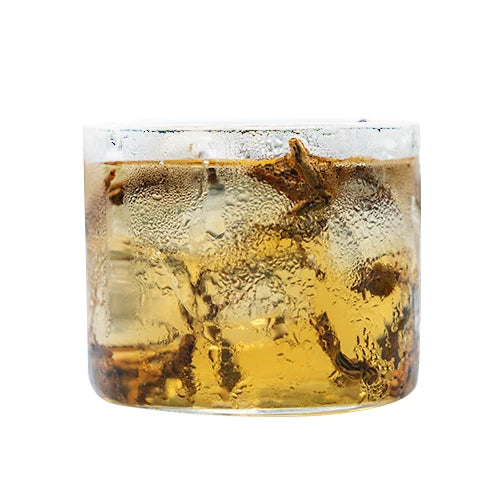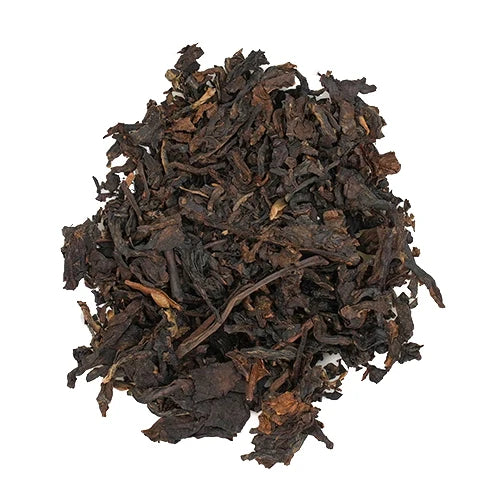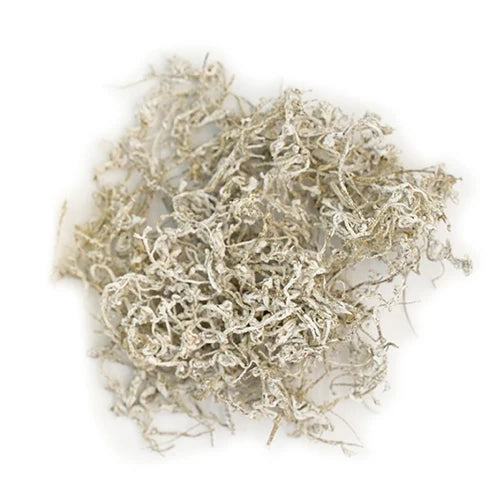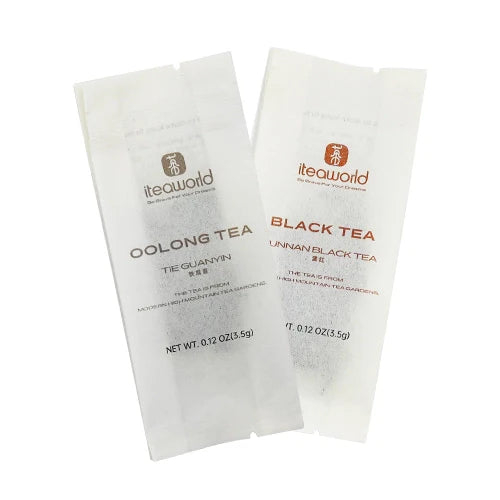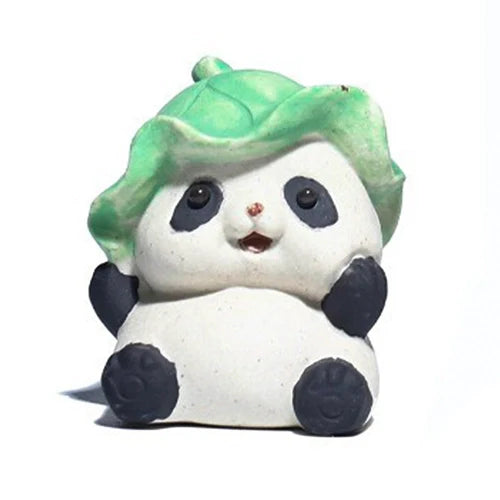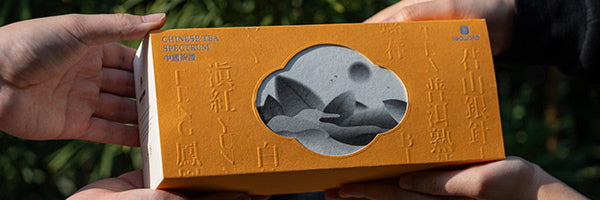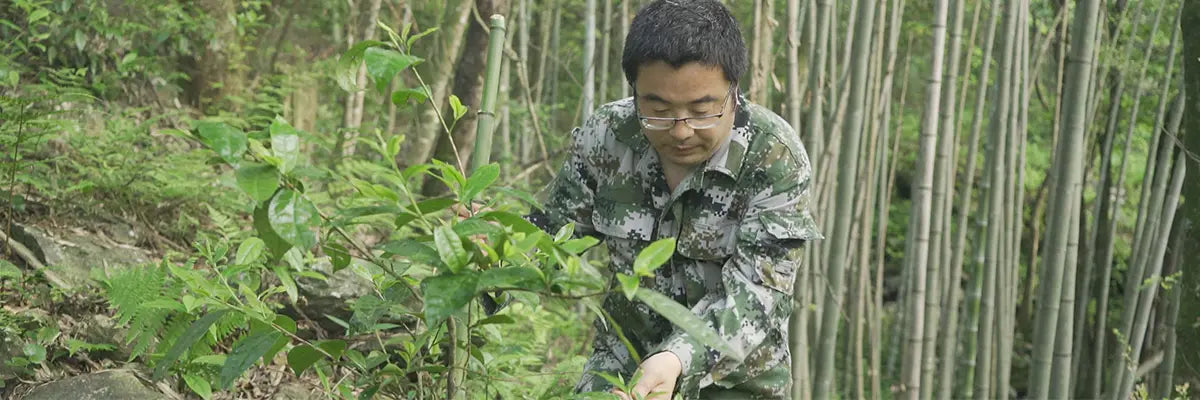В чем разница во вкусе между рассыпной чай улун с разной степенью обжарки? И как определить степень обжарки чая? В этом блоге мы рассмотрим это с разных сторон.
1. Роль обжарки во вкусе чая улун
Обжарка играет важнейшую роль в формировании вкуса чая улун — это гораздо больше, чем просто «добавление остроты».
При правильной обжарке вкус чая не сглаживается, а усиливается. Хорошо обжаренный улун приобретает большую глубину и сложность . Настой становится более насыщенным и плотным , а аромат меняется с яркого, пронзительного цветочного на более округлый. спелый фруктовость и нежная сладость.
Конечно, более высокая степень обжарки может придать аромат угля . Но опытный чайный мастер способен создать прекрасную, тонкую гармонию между обжаркой и естественными фруктовыми и сладкими ароматами чая , не позволяя огню затмить всё остальное.
Достичь этого баланса непросто. На его достижение могут уйти десятилетия, а иногда и поколения.

2. Категории степени обжарки
Классификация степеней обжарки в Китае, особенно в провинции Фуцзянь , на удивление детальна. Речь идёт не только о «светлой» или «тёмной» обжарке.
Традиционно для описания чая улун используют пять основных степеней обжарки:
- Очень легкая обжарка (微火) — также называется Цзоу Шуй или Цянь Хо, аромат чистый и ясный, в нем все еще чувствуется свежий, сырой запах маоча.
- Слабая обжарка (轻火) – обжарка начинает менять аромат, сохраняя больше естественного зеленого и цветочного характера чая.
- Кофе средней обжарки (熟火) , иногда называемый Шу Хо или Бань Шэн Шу, приобретает тонкий угольный аромат без травянистых или сырых оттенков. Аромат становится более фруктовым, а вкус — более округлым и насыщенным.
- Полная обжарка (足火) – более глубокая обжарка, раскрывающая более глубокий сладкий аромат и округлый вкус
- Сильно прожаренный (重火) — также называемый Лао Хо или Гао Хо — имеет сильный угольный или жженый вкус, и на этом этапе большая часть первоначального характера чая теряется.
Каждый уровень влияет не только на внешний вид сухих листьев, но и на аромат, цвет и вкус напитка в чашке.

Особенно интересно то, что при заваривании улуна средней или сильной обжарки на поверхности влажных листьев образуется множество мелких пузырьков. В Китае любители чая часто называют эти пузырьки « жабьей кожей » (蛤蟆背) — и это классический признак традиционной обжарки на углях .

3. Что определяет степень обжарки чая улун?
Время от времени мы слышим что-то вроде:
«Высокогорные чаи отличаются насыщенным ароматом и должны быть лишь слегка обжаренными».
«Чаи из низинных районов имеют более низкое качество и требуют более сильной обжарки, чтобы скрыть этот недостаток».
Или даже: «Сильно обжаренный чай — это просто дешевый чай».
Это немного отличается от того, что можно было бы ожидать.
Некоторые опытные чаеделы из Чаочжоу и Уишань считают, что пригодность улуна для обжарки (и степень обжарки) полностью зависит от зрелости свежих листьев и степени окисления в процессе обработки. В Китае есть поговорка: « кань ча пэй хо » (看茶焙茶), что примерно означает «обжаривать чай, ориентируясь на листья». Нельзя судить о качестве чая только по степени его обжарки .
- Нежные молодые листья часто подвергаются лёгкому окислению. На этом этапе полифенолы, отвечающие за горечь и терпкость, ещё не полностью преобразуются. Если чайный мастер обжаривает листья слишком сильно, цветочные ароматы (часто низкокипящие ароматические соединения) не только теряются, но и могут усилить горечь.
- Более зрелые листья с более высокой степенью окисления требуют более сильной обжарки, чтобы полностью раскрыть свой потенциал. Высокая температура способствует формированию и стабилизации более богатых и сложных ароматических соединений .

4. Как степень обжарки влияет на чай улун Кофеин ?
В процессе высокотемпературной обжарки часть кофеина может фактически испаряться из чайных листьев , а затем повторно конденсироваться либо на поверхности листьев, либо внутри оборудования для обжарки.
Это может помочь объяснить, почему некоторые сильно обжаренные улуны , особенно те, которые изготовлены из зрелых листьев, прошедших надлежащую ферментацию, как правило, имеют более низкое содержание кофеина .

5. Как определить степень обжарки чая улун?
Примерное представление об уровне обжарки улуна можно получить, посмотрев на сухие листья и цвет настоя .
- Слабообжаренный чай обычно имеет темно-зеленый или слегка зеленоватый оттенок , а настой, как правило, ярко-золотисто-желтый .
- Более сильная обжарка часто дает темно-коричневые листья , а оттенок напитка меняется в сторону темно-оранжевого или янтарного .


6. Почему улун, обжаренный на углях, нуждается в отдыхе?
После обжарки чай не сразу раскрывает свой лучший вкус — ему требуется немного времени, чтобы он «отдохнул» .
Этот период отдыха помогает смягчить насыщенные угольные ноты , позволяя ярче раскрыться истинному аромату и вкусу чая . Чем сильнее обжарка, тем дольше длится эта фаза «остывания»:
- Чаю легкой обжарки обычно требуется около 1–2 месяцев.
- Чаям средней и полной обжарки может потребоваться 3–5 месяцев и более.
- Некоторые сильно обжаренные улуны лучше подходят для длительного хранения. После 1–2 лет правильного хранения их вкус может стать ещё более мягким, глубоким и приятным.
7. Наши рекомендуемые продукты:
1. Этот продукт включает в себя три степени обжарки чая Уи Жугуй: лёгкую, среднюю и полную. Каждый чай обладает уникальным вкусовым профилем, что делает его идеальным для знакомства с любимым улунским улуном.
Сравнительный набор улунов Wuyi: 3 степени обжарки, 60 г
2. В этом продукте представлены чайные улуны Феникс Даньцун и Уи Жугуй, обжаренные как на углях, так и на электричестве. Сравнивая эти два вида чая, вы сможете оценить неповторимое очарование угольной и электрической обжарки.
Набор для сравнения обжарки улуна: угольная и электрическая, 80 г





